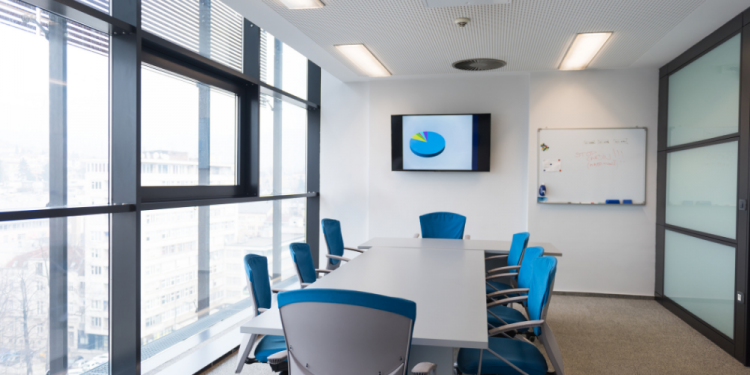Barco ClickShare, global leader in visualisation and collaboration solutions, has revealed the results from its annual research on meeting trends and engagement. As the Meeting Barometer, Barco’s meeting quality index, takes a plunge from +17 in 2020 to -25 now, the report marks five trends in work and meeting on the verge of returning to the office post-Covid. Hybrid meetings create opportunities for business leaders to change work culture, redesign the workplace and invest in usability and technology fully in sync with employee needs.
Olivier Croly, Senior Vice President for APAC, Barco says, “Meetings play a crucial role in the workplace of the future. They will be key for business continuity in the transition into a new hybrid reality. Connecting workers wherever they are and making hybrid collaboration truly flow will lead to future success, higher engagement and productivity. Business leaders can make a real impact on business outcomes by starting from an employee-centric mindset.”
In our latest survey, we continued to monitor the engagement and needs of employees in meetings. We discovered five trending topics that business leaders can simply not ignore when preparing for a flexible, hybrid future:
- Office optimism returns. Back to office scenarios are not only pushed by C-level management, they are completely in line with what employees want. More than half (58%) of Asia Pacific (APAC) respondents are ready to return to the office, while 75 percent expect to be back in the office by the end of June 2021. Employees want to work less from home than they did six months ago.
- The Barco Meeting Barometer takes a plunge as people struggle with an overload of virtual meetings. An index of -25, compared to +17 in 2020 and +63 in 2019, clearly shows that meetings deteriorate. 63 percent feel remote collaboration does not come naturally.
- The search for more engagement drives us away from virtual. We look for more in-person meetings and less virtual interactions. 52 percent of respondents in APAC prefer to return to the office to host a meeting. The preference for hybrid, in-person or virtual, meetings depends on the purpose and type of a meeting, as well as on the number of meeting participants. High engagement activities like decision-making, solution-solving or relationship-building require office-based meetings.
- The laptop is our interface to the world. As the preference for people-centric tech becomes clearer, the laptop remains the number one tool for 78 percent of APAC employees to host video calls from. Traditional in-room systems are no longer preferred, in favour of BYOD and BYOM.
- The employee-centric workplace arises. Hybrid meeting investments should be in sync with employee expectations on how and where they want to work and collaborate. 46 percent of APAC respondents believe that the company has not prioritised the investments they needed for better hybrid collaboration while 80 percent think that all meeting rooms need to be equipped with videoconferencing technology.
The time for workplace change is now
The emerging hybrid workplace isn’t just about simply going back to our old ways or about drastically changing present-day, virtual habits. It will be a careful balance between employee needs and business goals. For companies to daily bridge the gap between in-office and remote workers and allow them to be truly productive in meetings, both a change in work culture and technology investments like usability, BYOM and video solutions, will be crucial.
In addition, the report includes three main takeaways that will enable decision-makers to anticipate and keep ahead of competition, as they shape the hybrid workplace moving forward:
1. Re-connecting with the organisation and with colleagues is crucial for employee engagement and retention. 70 percent of employees in APAC think their employer should start preparing for hybrid work now.
2. One size does not fit all. Not all meetings are equal, not all employees have the same needs or requirements for collaboration. There are many differences across generations, gender, department and seniority level. Companies need to develop workplace strategies that allow for this kind of flexibility and empower employees to work the way they want.
3. Bring Your Own Meeting (BYOM) is the employee’s preferred choice for connecting to the world and to co-workers. The laptop is the heart of the meeting room eco-system and employees want to work with wireless & touchless meeting room tech that allows BYOM. 82 percent of APAC-based respondents believe that easy-to-use technology can make for a better meeting.
“As the world begins returning to the office, there’s no better time to start investing in an employee-centric work model. This includes enabling Bring Your Own Meeting (BYOM) in meeting rooms, implementing flexible work and installing easy-to-use, worker-centric collaborative technology. Business will only be able to stay ahead of the curve with focus on usability and engagement in hybrid meeting solutions,” concludes Croly.
The full findings can be viewed here.
















